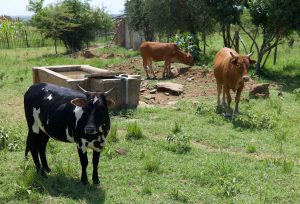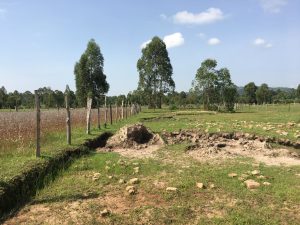This part of the project aims to define opportunities to manage landscape level interactions to support restoration and communities’ livelihoods through a validation of alternative scenarios. It includes:
Socio-ecological institutional assessments – to establish how factors such as tenure, property rights and grazing arrangements vary between sites in different states of equilibrium or degradation
Household level surveys – to establish livestock types, stocking rates, grazing rules and their enforcement, availability of feeds, perceptions of degradation and any restoration attempts


Review of policy, legal and institutional frameworks – involving a desk review of policies and interviews with key informants, to establish how existing frameworks address grazing and restoration and how they are implemented.
Participatory prospective analysis – foresighting exercise that will engage stakeholders from the local communities, county and central government agencies with the question of ‘how best to promote landscape restoration in the context of grazing management’ and to consider a range of scenarios.
Quantifying trade-offs at landscape level – analysis of current versus potential levels of livestock production due to the restoration of unproductive grasslands. It involves land use modelling that combines mapping the sites, livestock production, vegetation assessments and scenarios derived from the participatory exercise above to provide quantitative assessments of policy options and instruments, which will help stimulate further discussion about alternative management scenarios.



